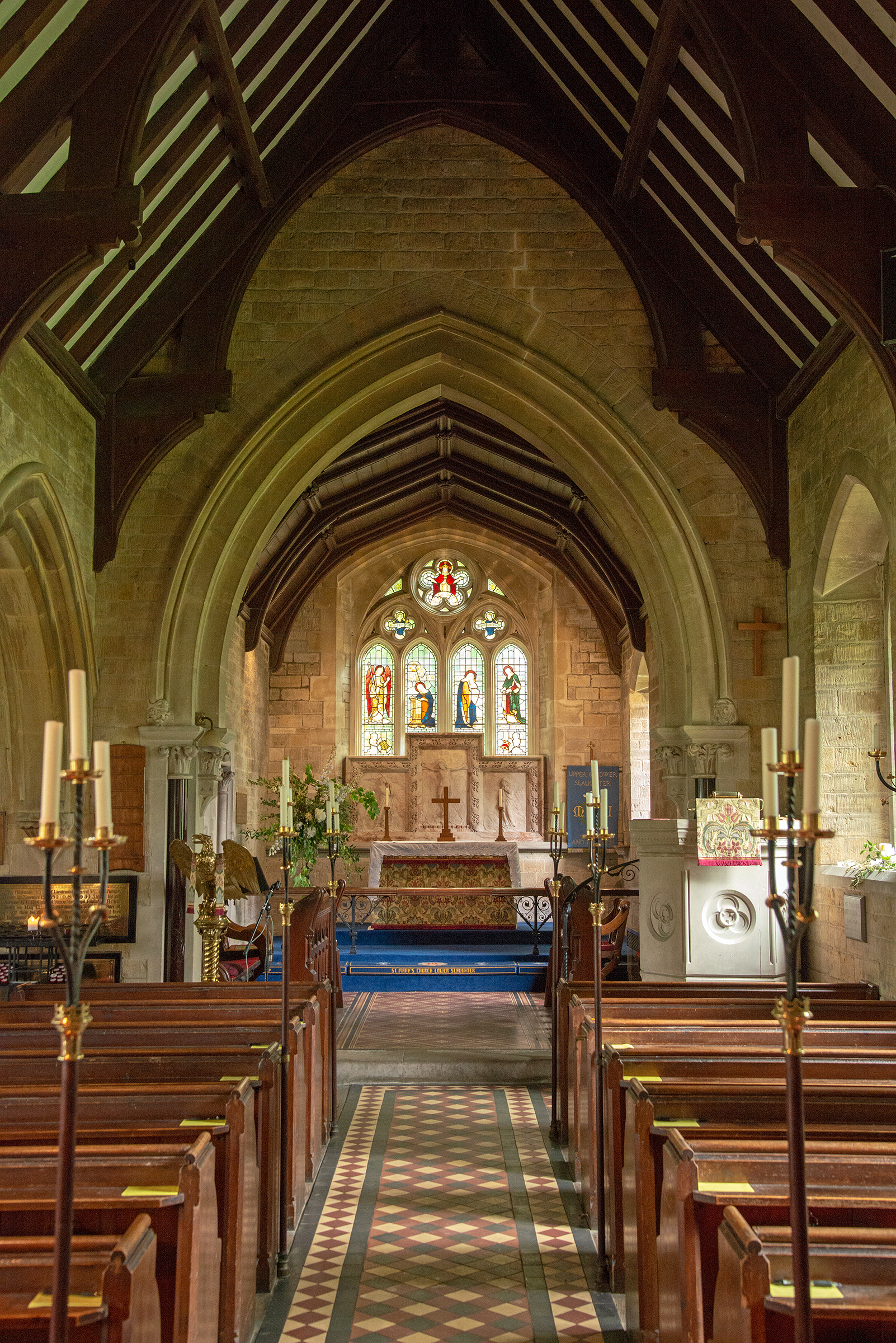Lower Slaughter on:
[Wikipedia]
[Google]
[Amazon]
Lower Slaughter is a village in the
 The 13th century Anglican parish church, Grade II listed, is dedicated to St. Mary the Virgin. Much of the current structure was built in 1867, based on plans by architect Benjamin Ferrey.
The 13th century Anglican parish church, Grade II listed, is dedicated to St. Mary the Virgin. Much of the current structure was built in 1867, based on plans by architect Benjamin Ferrey.
Cotswold
The Cotswolds (, ) is a region in central-southwest England, along a range of rolling hills that rise from the meadows of the upper Thames to an escarpment above the Severn Valley and Evesham Vale.
The area is defined by the bedrock of Jura ...
district of Gloucestershire
Gloucestershire ( abbreviated Glos) is a county in South West England. The county comprises part of the Cotswold Hills, part of the flat fertile valley of the River Severn and the entire Forest of Dean.
The county town is the city of Gl ...
, England
England is a country that is part of the United Kingdom. It shares land borders with Wales to its west and Scotland to its north. The Irish Sea lies northwest and the Celtic Sea to the southwest. It is separated from continental Europe b ...
, south west of Stow-on-the-Wold
Stow-on-the-Wold is a market town and civil parish in Gloucestershire, England, on top of an 800-foot (244 m) hill at the junction of main roads through the Cotswolds, including the Fosse Way (A429), which is of Roman origin. The town was founde ...
.
The village is built on both banks of the River Eye, a slow-moving stream crossed by two footbridges, which also flows through Upper Slaughter
Upper Slaughter is a village in the Cotswold district of Gloucestershire, England, south west of Stow-on-the-Wold. The village is located one mile away from the village Lower Slaughter, as well as being near the villages Bourton-on-the-Water, ...
. At the west end of the village there is a 19th-century water mill
A watermill or water mill is a mill that uses hydropower. It is a structure that uses a water wheel or water turbine to drive a mechanical process such as milling (grinding), rolling, or hammering. Such processes are needed in the production ...
with an undershot waterwheel and a chimney for additional steam power. There is a ford where the river widens in the village and several small stone footbridges join the two sides of the community. While the mill is built of red brick most of the 16th and 17th century homes in the village use Cotswold limestone and are adorned with mullion
A mullion is a vertical element that forms a division between units of a window or screen, or is used decoratively. It is also often used as a division between double doors. When dividing adjacent window units its primary purpose is a rigid supp ...
ed windows and often with other embellishments such as projecting gables.
The name of the village derives form the Old English term "slough" meaning "wet land".
History
Lower Slaughter has been inhabited for over 1,000 years. The Domesday Book entry has the village name as "Sclostre". It further notes that in 1066 and 1086 that the manor was in the sheriff's hands. The village had a small school by 1863, but it was closed in 1931. Lower Slaughter Manor, a Grade-II listed A house has stood on the site of today's manor since at least the year 1004. The current house has been added to and altered over many generations, with significant sections dating from the late 17th century. A Norman knight, Sir Philip de Sloitre, who was granted land here by William the Conqueror in the 11th century. SEATED AT EARLIER HOUSE: Philip de Sloitre, 11th century. SEATED AT CURRENT HOUSE: Sir George Whitmore, early 17th century; Charles Algernon Whitmore, late 19th century; Whitmore family here from 1611 until 1964. Roy and Daphne Vaughan, 20th century.. The 13th century Anglican parish church, Grade II listed, is dedicated to St. Mary the Virgin. Much of the current structure was built in 1867, based on plans by architect Benjamin Ferrey.
The 13th century Anglican parish church, Grade II listed, is dedicated to St. Mary the Virgin. Much of the current structure was built in 1867, based on plans by architect Benjamin Ferrey.
Economy
Tourism is the primary business in the village, an agricultural area. The 2016 population estimate was 236. Hotels serving Upper and Lower Slaughter include The Slaughters Country Inn, Lords of the Manor and Lower Slaughter Manor. Since the village is served by small roads with narrow lanes, larger vehicles such as tour buses cannot enter. The only obvious tourist attraction is the Old Mill Museum and its River Cafe and Riverside tea room. Tourists are attracted by the many very old and quaint buildings. In 2013, the Parish Council opposed an icebox tricycle selling ice creams seven days a week, six months of the year, arguing that the trading times were excessive, increased footfall would prevent the grass from growing and children could climb on the trike and fall into the nearby river. The 1944 film " Tawny Pipit" was filmed here. More recently, parts ofEmma (2020 film)
''Emma'' (stylized as ''Emma.'') is a 2020 period romantic comedy film directed by Autumn de Wilde, from a screenplay by Eleanor Catton, based on Jane Austen's 1815 novel of the same name. It stars Anya Taylor-Joy as Miss Emma Woodhouse, a we ...
were filmed in Lower Slaughter. Locations included the Village Hall, The Manor House and The Old Mill.
References
https://www.thedicamillo.com/house/lower-slaughter-manor/ {{authority control Villages in Gloucestershire Cotswold District